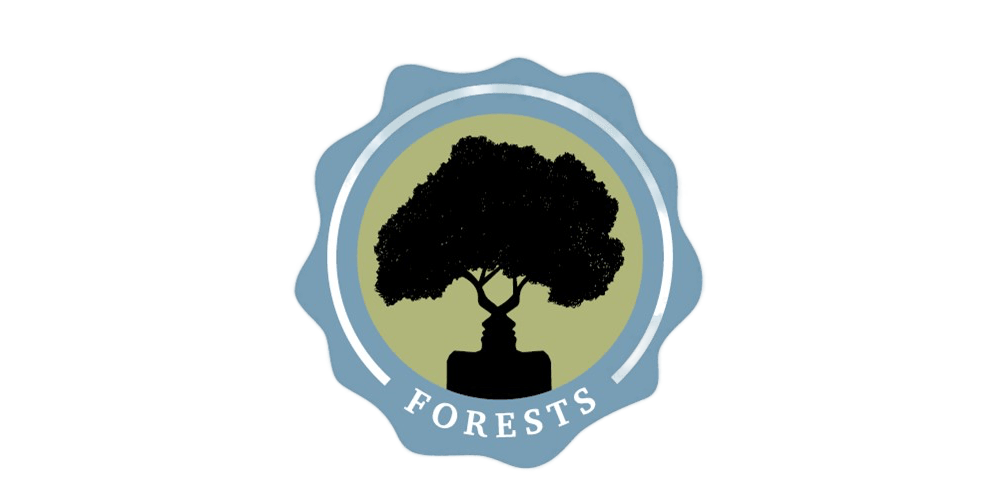Forest Restoration Theory and Practice Based on Indigenous Cultural Tending

Lee Klinger
The final talk during the Fall 2020 Texas Tech Humanities Center Forests program, from November 12, 2020.
Lee Klinger, independent scientist and director of Sudden Oak Life in Big Sur, California, addressed Gaia theory, ecological succession, fire ecology of California, evidence of cultural modification of trees and landscapes, and approaches to forest restoration.
Summary
- Klinger began by explaining the Gaia theory, which views the Earth as a self-regulating system. He sees ecosystems as fundamental subunits or "organs" of Gaia.
- He discussed ecosystem succession and how forests are transitional stages leading to climax communities like sphagnum bogs. Mosses and lichens acidify and stress trees.
- In pre-colonial California, native peoples judiciously used fire to maintain ecosystem diversity. Suppressing natural fires has led to overcrowded, unhealthy forests prone to unnaturally severe wildfires.
- Evidence shows natives modified landscapes by pollarding trees, using shell middens to improve soil, and likely creating agricultural terraces. Culturally modified trees are found worldwide.
- Solutions include expanding cultural burning practices. Where burning is impossible, mimicking fire's effects by thinning trees, removing mosses/lichens, and fertilizing with ash and lime can restore forest health.
- Barriers exist to reinstating traditional controlled burns. But success stories show native techniques effectively restore biodiversity and prevent destructive wildfires. Tending forests sustainably requires honoring traditional ecological knowledge.
Klinger advocates indigenous-based forest management, especially cultural burning, to restore healthy, fire-resilient landscapes shaped by native peoples over millennia. This "proven approach" can mitigate modern ecological crises.

Member discussion